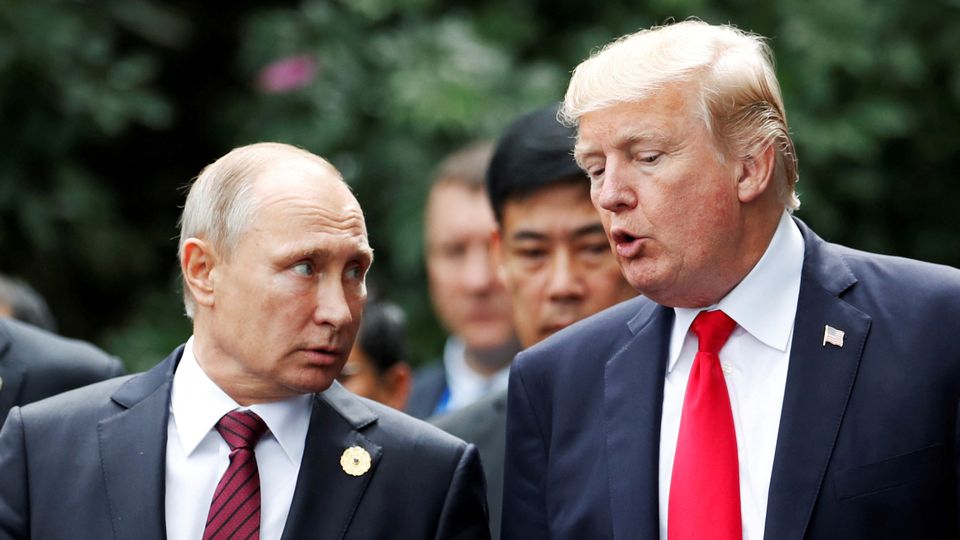Canada’s Snap Election: Trade War and Trump Loom Over Campaign
Election Announcement and Key Players
Canada’s newly appointed Prime Minister, Mark Carney, has called for a snap election on April 28, just days after taking office. The election comes amid escalating tensions with the United States, triggered by President Donald Trump’s trade policies and controversial remarks about Canada becoming the 51st U.S. state. Carney, representing the Liberal Party, will go head-to-head with Conservative leader Pierre Poilievre, whose party has been leading in polls but now faces a close race.
Carney’s Stance on Trade War and U.S. Relations
At a campaign rally, Carney emphasized the economic threat posed by Trump’s tariffs on Canadian goods, likening the situation to a hockey match where Canada must emerge victorious. He stressed the need for a strong mandate to counter Trump’s policies and protect Canadian sovereignty.
Poilievre’s Conservative Agenda
Pierre Poilievre has positioned himself as the leader of change, accusing the Liberals of failing the economy, military, and immigration system. He criticized Carney for continuing Justin Trudeau’s legacy, calling it a “lost Liberal decade” and arguing that Canada’s dependence on globalist policies has made it vulnerable.
Economic Crisis and Trade Tariffs
The U.S.-Canada trade war is a major campaign issue. Trump’s 25% tariffs on Canadian steel and aluminum have sparked fears of a recession, with additional tariffs expected in April. In response, Canada has imposed C$60 billion in retaliatory tariffs on U.S. goods, but Carney admits there are limits to Canada’s countermeasures due to the economic size disparity.
The Role of Other Political Parties
Aside from the Liberals and Conservatives, other parties are also vying for votes:
- NDP leader Jagmeet Singh argues that both Carney and Poilievre serve the wealthy rather than working-class Canadians.
- Bloc Québécois leader Yves-François Blanchet focuses on protecting Quebec’s industries from U.S. trade policies.
- The Green Party, led by co-leaders Jonathan Pedneault and Elizabeth May, urges voters to prioritize climate policies and national integrity.
A Tight Race with High Stakes
At the time of the election call, the Liberals held 153 seats, the Conservatives had 120, while other parties had smaller shares. With just five weeks until election day, the economy, cost of living, and U.S.-Canada relations will dominate the campaign.
Conclusion
With tensions high, Canada’s future economic policies and sovereignty are at stake. Will voters choose Carney’s strategy to stand up to Trump, or will Poilievre’s conservative vision lead the nation? The outcome will determine Canada’s course in a rapidly shifting geopolitical landscape.




